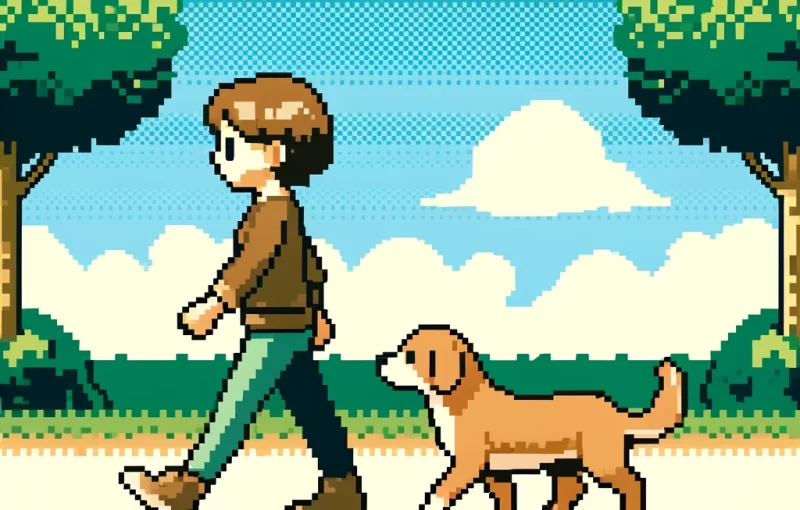
Understanding Your Dog’s Synchronization with You
by Jon Scaccia May 3, 2024Have you ever noticed your dog mirroring your movements as you stroll through the park or wait patiently by your side? A recent study published in PLoS ONE dives deep into the fascinating world of behavioral synchronization between dogs and their owners, shedding light on how our canine companions might be more in tune with us than we think.
The Science of Synchronization
Behavioral synchronization involves matching actions in terms of timing, pace, and location, something that’s been observed not only among animals of the same species but also across species, like between humans and dogs. The study focused on three main areas: the impact of direct human interactions like petting or playing, differences across dog breeds, and comparisons between dogs and wolves.
A Closer Look at the Studies
- Study A: Tested how different interactions (Ignore, Pet, Play) affected dogs’ movements in relation to their owners. Interestingly, dogs adjusted their movements regardless of the type of interaction, highlighting a robust tendency to synchronize.
- Study B: Looked at breed differences by examining ancient breeds, solitary hunting dogs, and companion dogs under the ‘Ignore’ scenario. All dogs, irrespective of breed, tended to synchronize their movements with their walking owners, though the ancient breeds showed less exploratory behavior.
- Study C: Compared behavior in socialized pack-living wolves and dogs, discovering that neither group changed their behavior in response to their handlers’ movements, suggesting that domestication plays a significant role in behavioral synchronization.
What Does This Mean for Pet Owners?
For pet owners, these insights are incredibly valuable. Understanding that your dog is likely to mirror your actions can help in training and managing your pet’s behavior more effectively. For instance, if you’re calm and composed, your dog is more likely to reflect that calmness.
Moreover, the study suggests that even brief interactions like a playful moment or a calm petting session before a walk can enhance your dog’s attentiveness to you. This can be particularly useful for reinforcing training commands or simply ensuring a smoother walk in the park.
Visual Aid: Understanding Dog-Human Synchronization
Accessibility and Further Insights
This research not only advances our scientific understanding but also enriches the everyday experiences of pet owners. By recognizing the subtleties of our interactions with our pets, we can foster a deeper bond and a more harmonious living environment. Additionally, for those dealing with more independent breeds or considering adopting a dog, these insights can guide you toward creating effective interaction strategies that resonate with your pet’s instinctual behaviors.
Engage with Your Pet: Tips and Tricks
- Before Your Walk: Spend a minute or two in play or petting your dog. This can make your walk more enjoyable by increasing your dog’s synchronization with your movements.
- During Your Walk: Maintain a calm demeanor. Your dog is likely to mimic this calmness, making the outing less stressful for both of you.
- Post Walk: Observe your dog’s behavior. Do they remain by your side even when you stop moving? This could be a sign of strong behavioral synchronization.
Wrapping Up
Understanding the subtle ways in which our pets interact with us isn’t just about obedience or training—it’s about building a relationship that respects and harnesses the natural behaviors of our canine friends. Whether you’re a seasoned dog owner or considering bringing a new furry member into your home, recognizing these patterns can profoundly affect how you and your pet understand each other.
For more intriguing insights into pet behavior and tips on enhancing your life with your pet, stay tuned to our blog!
Leave a Reply